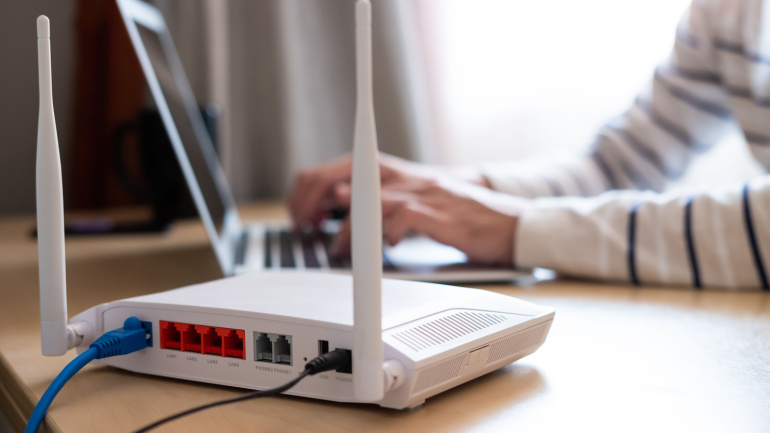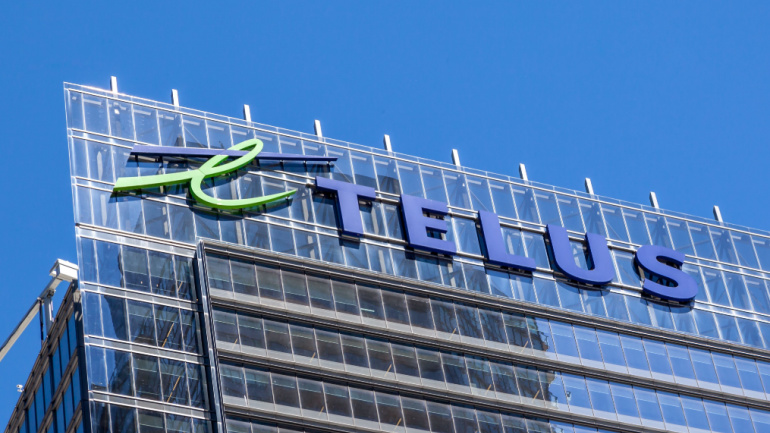Discover the latest network architecture options for delivering fiber optic connectivity to rural America in TIA’s upcoming webinar, featuring expert insights on deployment challenges and tailored solutions for unserved areas.
In the race towards innovative technology, LG Uplus in Korea leads with energy-efficient solutions for future 6G networks. By testing an All-Photonic Transport Network with partners like Infinera, they aim to drastically reduce power consumption, ensuring a sustainable approach.
Ericsson’s new 5G Advanced software suite targets next-level network programmability and enhances VoIP capabilities. With seven products, Ericsson boosts performance and user experience, aligning networks with business goals using AI-driven technologies.
Celona has unveiled Aerloc, a cutting-edge ‘zero-trust’ security feature for private 5G networks. Designed for industrial use, Aerloc offers unified SIM-based authentication, dynamic policy enforcement, and seamless IT/OT integration.
Dell Technologies and AMD introduced the Dell PowerEdge XE9680 Server with the AMD Instinct MI300X Accelerator and ROCm 6 software. Tailored for machine learning, deep learning, and generative AI, this server promises enhanced performance in data centers, particularly benefiting the 5G transition and network edge computing.
Infovista has unveiled the latest version of its AI-driven RF planning tool, Infovista Planet, which now supports 5G RedCap network planning. This advancement allows operators’ network planning teams to incorporate 3GPP-compliant 5G RedCap devices in their analyses and simulations of 5G Standalone networks. Currently, 17 out of 126 mobile operators investing in 5G Standalone are exploring 5G RedCap for emerging applications, according to the GSA.
In a groundbreaking development, Project Kuiper has revealed the successful testing of advanced optical communications payloads on its prototype satellites, KuiperSat-1 and KuiperSat-2. The optical inter-satellite link (OISL) capabilities, previously kept confidential, demonstrated the ability to maintain 100 Gbps links over a distance of nearly 621 miles during testing in October.
Imagine assembling an intricate Lego structure – that’s precisely what building next-gen telecommunication networks feels like. Networks giant Cambium offers unique ‘Lego-like’ solutions that breathe life into the creative architectures planned by Internet Service Providers (ISPs). A spectrum of technologies encompassed by Cambium’s ONE Network – ranging from outdoor Wi-Fi access points to top-tier security – weaves a seamless tapestry from edge to cloud. But, it’s not all about gear and wires. Cambium’s technology is a fusion of robust security, user-friendliness, and high-grade end-user experience.
Virtual and SaaS-based network security solutions thrive as enterprises seek agile options, reaching 20% revenue growth in Q1. The shift is driven by cloud-centric IT architectures and escalating security threats, with top players like Zscaler, Palo Alto Networks, and Akamai leading the market.
TELUS becomes the first North American CSP awarded ‘Running on ODA’ status, joining global giants in utilizing Open Digital Architecture to transform into agile digital organizations. Achieving cost and time reductions, TELUS delivers enhanced customer experience through cloud-native, vendor-agnostic solutions.













